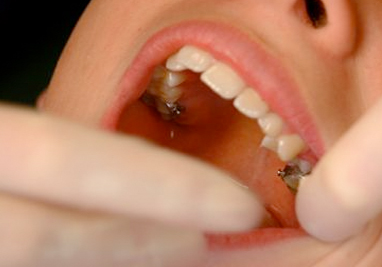
The process of cementing orthodontic bands to your teeth.
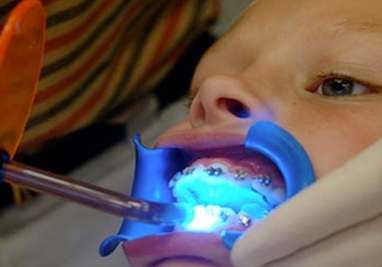
The process of attaching brackets to your teeth using a special safe adhesive.
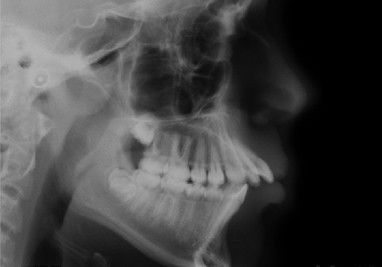
An x-ray of the head that shows the relationship between the teeth and the jawbones to each other and the rest of the facial skeleton.
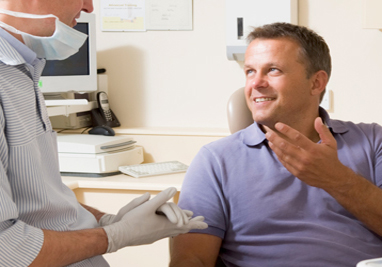
A meeting with your orthodontist where he/she discusses your treatment plan.
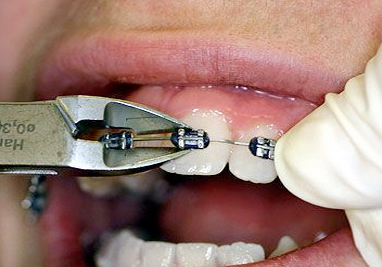
The removal of cemented orthodontic brackets.

There are very few emergencies that occur during orthodontic treatment. Examples include a loose bracket or a broken wire. Dr. Medina is available to answer any questions or treat emergencies as needed.
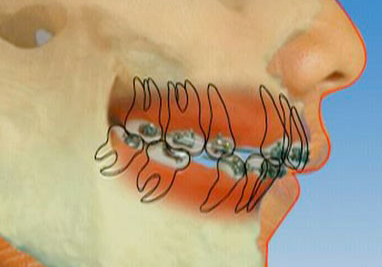
Removal of a primary or permanent tooth, to help in eruption of another tooth or to provide space for alignment of teeth.
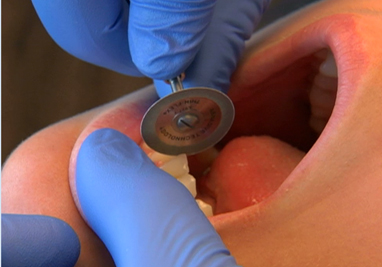
Interproximal Reduction (IPR) is the removal of small amounts of outer enamel tooth surface between two adjacent teeth. It is a means to acquire additional space to create ideal tooth alignment. Alternative names include: slenderizing, stripping, enamel reduction, and reproximation.

Orthodontic treatment that is usually done early, between the ages of 7 and 10. The objective of interceptive orthodontic treatment is to correct an immediate problem, so that later orthodontic treatment is less complex.
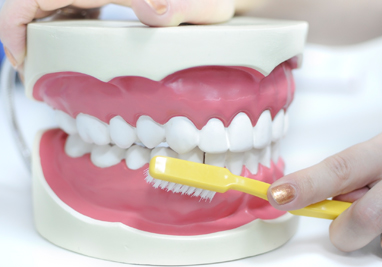
Effective brushing and flossing is one of the most critical actions needed from patients during braces. Regular visits to the general dentist for examination and cleaning are also essential. The results of inadequate oral hygiene include decalcification (white spots/marks), cavities, gingivitis (inflammation of the gums), and periodontal disease (inflammation leading to bone loss).
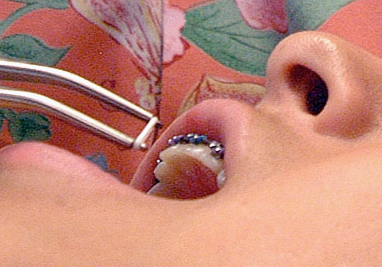
An evaluation of your progress where your wires may be changed to keep your treatment on track and moving forward.
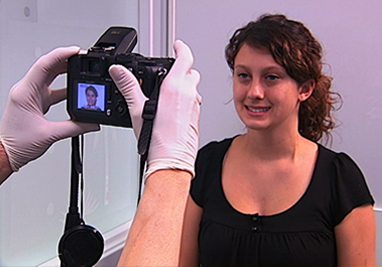
Pictures taken upon the completion of treatment show the amazing changes that the orthodontics has achieved in both growth and development of the teeth, jaws and aesthetics of the smile. The orthodontist uses the pictures throughout treatment to monitor changes.
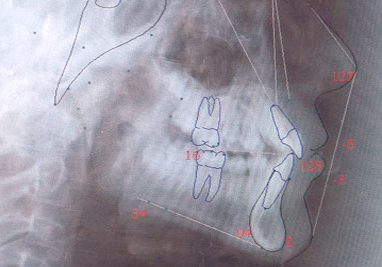
These records, which include cephalometric and panoramic x-rays, digital photos and study models, help your orthodontist determine what treatment needs to be done.
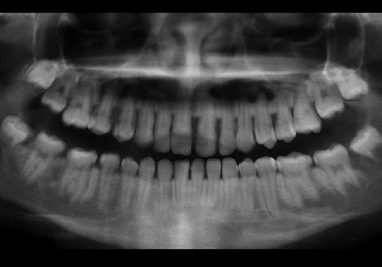
An x-ray taken by a machine that rotates around your head to give your orthodontist a picture of your teeth, jaws and other important information.
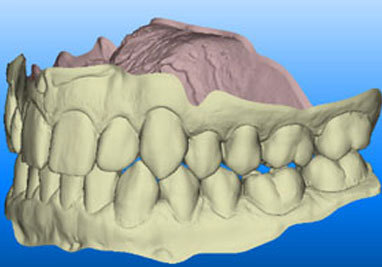
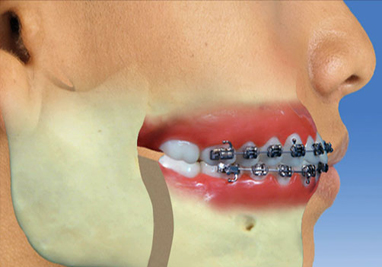
Orthognathic surgery is surgery performed on the bones of the jaws to change their positions. It may be considered for functional, cosmetic, or health reasons. It is surgery commonly performed on the jaws in conjunction with orthodontic treatment, which straightens the teeth.
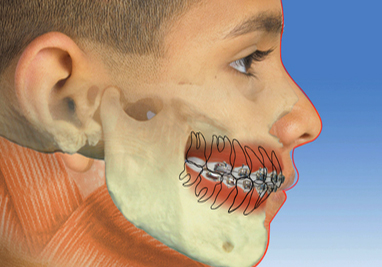
Two-Phase orthodontic treatment consists of an early phase (phase I or interceptive treatment) that corrects a problem, which if left untreated, could make later treatment more complicated. The comprehensive phase (phase II) starts when the permanent teeth have erupted. During comprehensive treatment, full upper and lower braces are placed to provide optimum alignment and fit of the teeth.
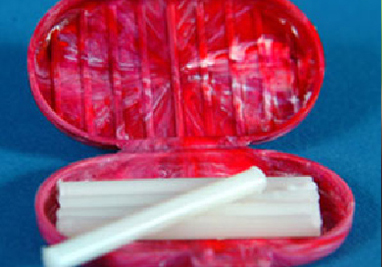
A clear wax used to prevent your braces from irritating your lips or cheeks when your braces are first put on, or as needed.
